To get the new year off to a good start we went down to Margate for a rare chance to see work by Hans/Jean Arp. He was born in Strasbourg, the son of a French mother and a German father. When he spoke in German he referred to himself as “Hans”, and when he spoke in French he referred to himself as “Jean”. It was a dual exhibition, but first we had to get past the crowds outside.
Olby’s Café Mural
My Ghosts: John Davies
Scarecrows: John Davies
Welcome to Arp: The Poetry of Forms, the first exhibition of Jean Arp’s work in the UK since 1966.
Over 70 artworks – the majority of which have not been on display previously in the UK – feature in this exhibition.
Alongside the artworks are publications of Arp’s poetry and writings. Arp was an ‘intermedia’ artist years before the term existed, and he made connections between his visual work and his poetry. As artist and wordsmith, Arp often gave his artworks amusing or puzzling titles.
Arp moved freely between materials and languages throughout his career. Both his poems and sculptures incorporate a playful humour, dreamlike juxtapositions, and an original artistic sensibility.
Arp (16 September 1886 – 7 June 1966) was a German-French sculptor, painter, poet and abstract artist. Born in Strasbourg, he published poetry in Paris, exhibited alongside Matisse in Munich, and helped found the Dada movement in Zürich. He won many awards including the Grand Prize for sculpture at the 1954 Venice Biennale. Arp collaborated with, and married, fellow artist Sophie Taeuber.
Flower-hammer. Earthly forms, 1916-17 / 1961, painted wood
It was a dual exhibition, Hans/Jean, German/French, (the catalogue is German/English),
sometimes a work is by husband & wife and sometimes, like this, a work is made twice.
And it was a jewel exhibition because they are, and because it rhymes.
Collage with squares arranged according to the laws of chance, 1916-17, paper
Sophie Taeuber-Arp and Arp in front of the marionettes she designed for the opera ‘Konig Hirsch’,
Zurich, 1918
Arp and Taeuber, Untitled (Duo-collage), 1918, paper, board and silver leaf
i was born in nature. i was born in Strasbourg. i was born in a cloud. i was born in a pump. i was born in a robe. i have four natures. i have two things. i have five senses. sense and non-sense. nature is senseless. make way for nature. nature is a white eagle. make dada-way for dada-nature.
Head of a gnome called Kaspar, 1930, plaster with gomme-laque
Merz 5. Portfolio Arp. 7 Arpaden: Moustache-Hat – The Sea – A Navel –
Egg Beater – Moustache-Watch – The Navel Bottle – Arabic Eight, 1923, lithographs
In 1923 Arp published ‘7 Arpaden’ with his friend Kurt Schwitters. This portfolio of prints contained simple pictograms of everyday objects, a set of personal symbols that became the foundation of Arp’s ‘langage-objet’ (object-language). Arp made painted wood reliefs incorporating this visual vocabulary. Their titles emulated his nonsensical verse: plates, forks, moustaches, chairs, bow-ties, butterflies, tables and eggs were placed in humorous and absurd juxtapositions on an irregular-shaped background or in a frame. The navel was a recurring symbol that signified the source of all creativity as well as birth, growth and fertility.
Simply Arp: Frances Guy
Arp’s navel, Carnac, Brittany, c.1930-34
Torso, 1957, bronze
Torso-fruit, 1960, bronze
Art is a fruit that grows in man, like a fruit on a plant, or a child in its mother’s womb.
Tristan Tzara (illustrated by Arp), De nos oiseaux, Paris: Éditions Kra, 1929
Head. Milking object, 1925, painted paper and cardboard, gold leaf and fabric
Leaves IV, 1930, painted wood
Dream Amphora, bronze, 1941
Infinite amphora, 1929, painted wood
Hand fruit, 1929, painted wood
Head. Scottish lips, 1927, painted cardboard
According to the laws of chance, 1933, sugarpaper on plyboard
Constellation according to the laws of chance, c.1930, painted wood
L’Air est une racine | The air is a root, Le surréalisme au service de la révolution, 6 (1933), p.33
Self-dissolving shell, 1936, limestone
Shell crystal, 1938, bronze
Tree of bowls, 1947-1970, bronze
Sun recircled, 1966, 1 of 15 woodcuts on Japon Nacré
Sun recircled, 1966, 1 of 15 woodcuts on Japon Nacré
Untitled. Collage of torn-up drawing by Arp & Sophie Taeuber-Arp (from 1939), 1947, paper
Star, 1939, plaster
Star, 1958, gold-plated copper
Daschund Doll, 1965, bronze
In his early days Arp had worked with Kurt Schwitters. Photographs show him with Tristan Tzara, Paul Éluard, André Breton, Salvador Dali, Yves Tanguy, Max Ernst and Man Ray. In another photo he appears with Sophie Taeuber-Arp, Nelly van Doesburg and Sonia Delaunay. Later his circle included Ben Nicholson, Julius Bissier, Mark Tobey, Italo Valenti and Hans Richter. Nowadays he seems like one of a group of children playing out together in the garden of Modernism, each describing their own shared vision of Utopia, an Eden that has now become hard to imagine. Modernism’s heyday was already gone before I knew it, still it seemed like the way forward but now alas we’re in retreat and it’s become a playground dream. We must cherish Arp’s innocent visions. He touches a nerve that spins quietly through contemporary life. I see his reflection in pebbles on the beach, in streamlined product designs and in the fragments of a broken biscuit on a plate. His echoes are everywhere…
Outside the gallery we went in search of the Antony Gormley sculpture, but it was high tide and he was underwater, so we promised to come back “another time” and bought a postcard to remind us.
As the sun went down the sky filled with seagulls arranged according to the laws of chance.
※









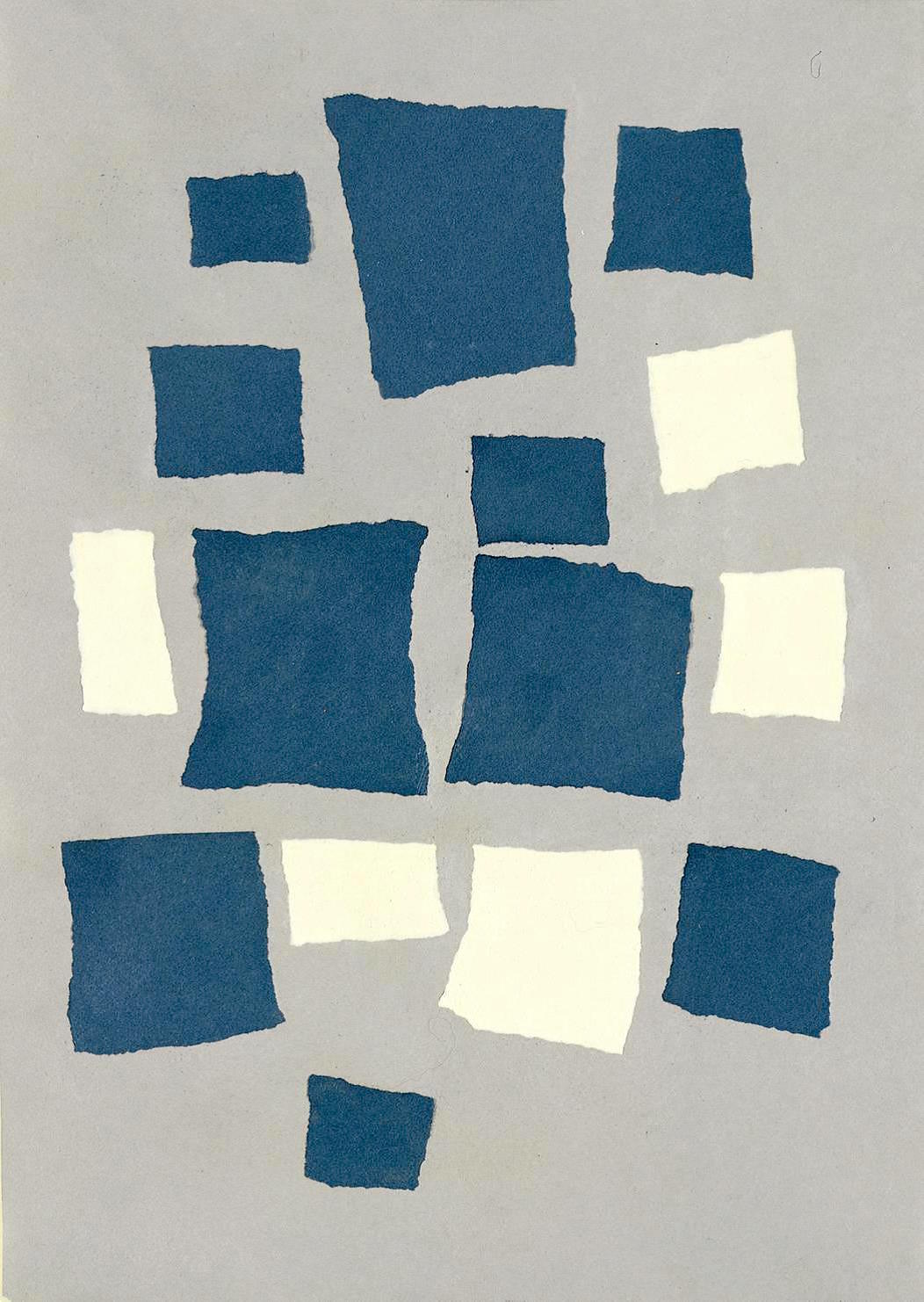
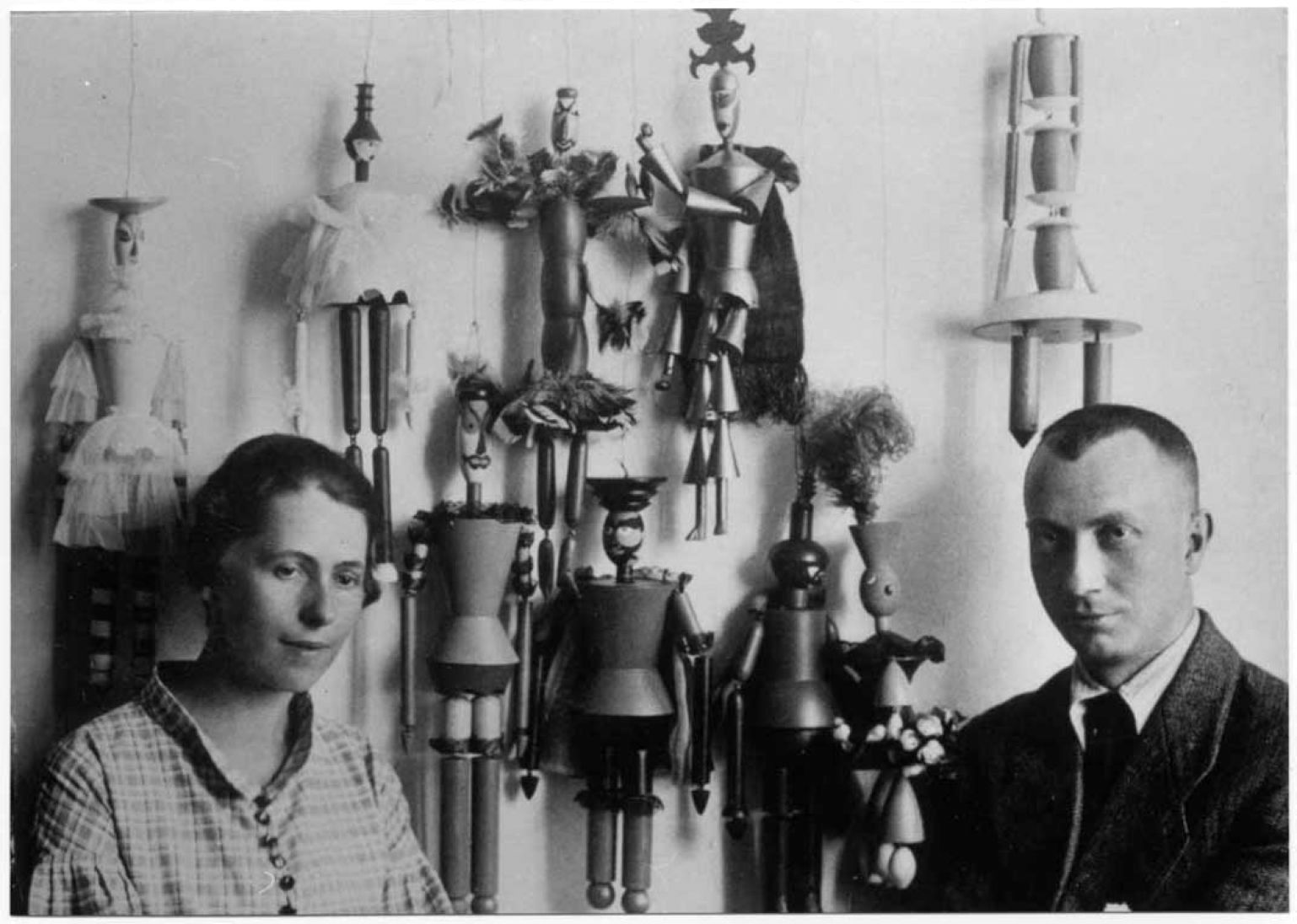

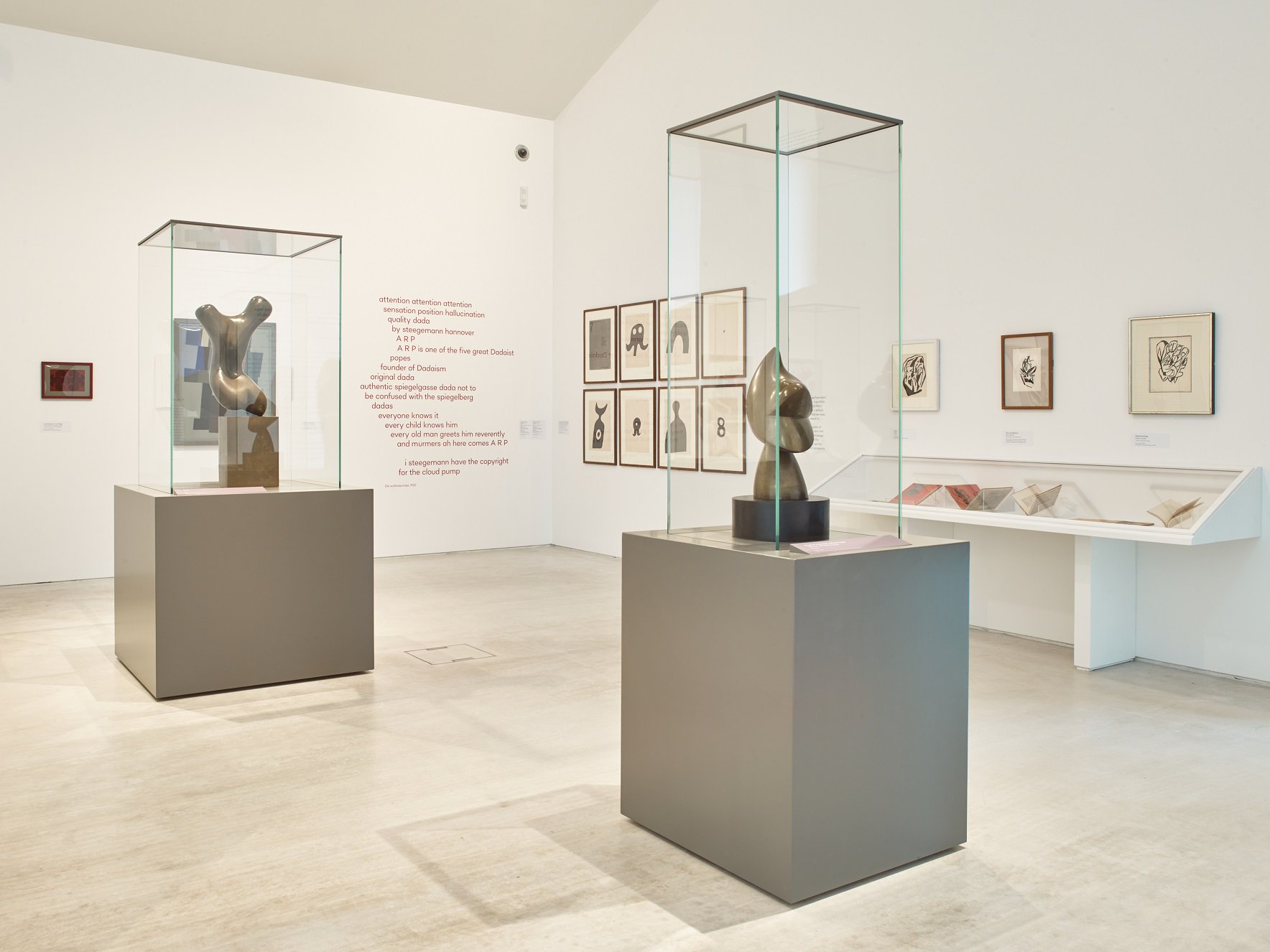


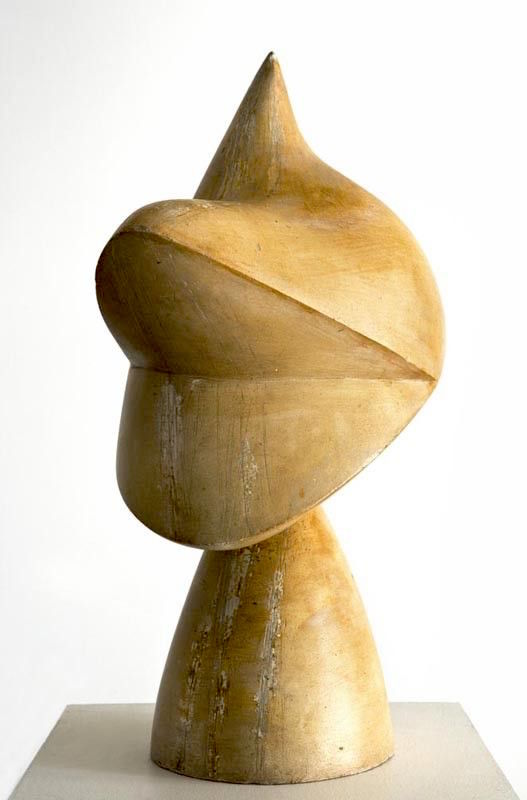

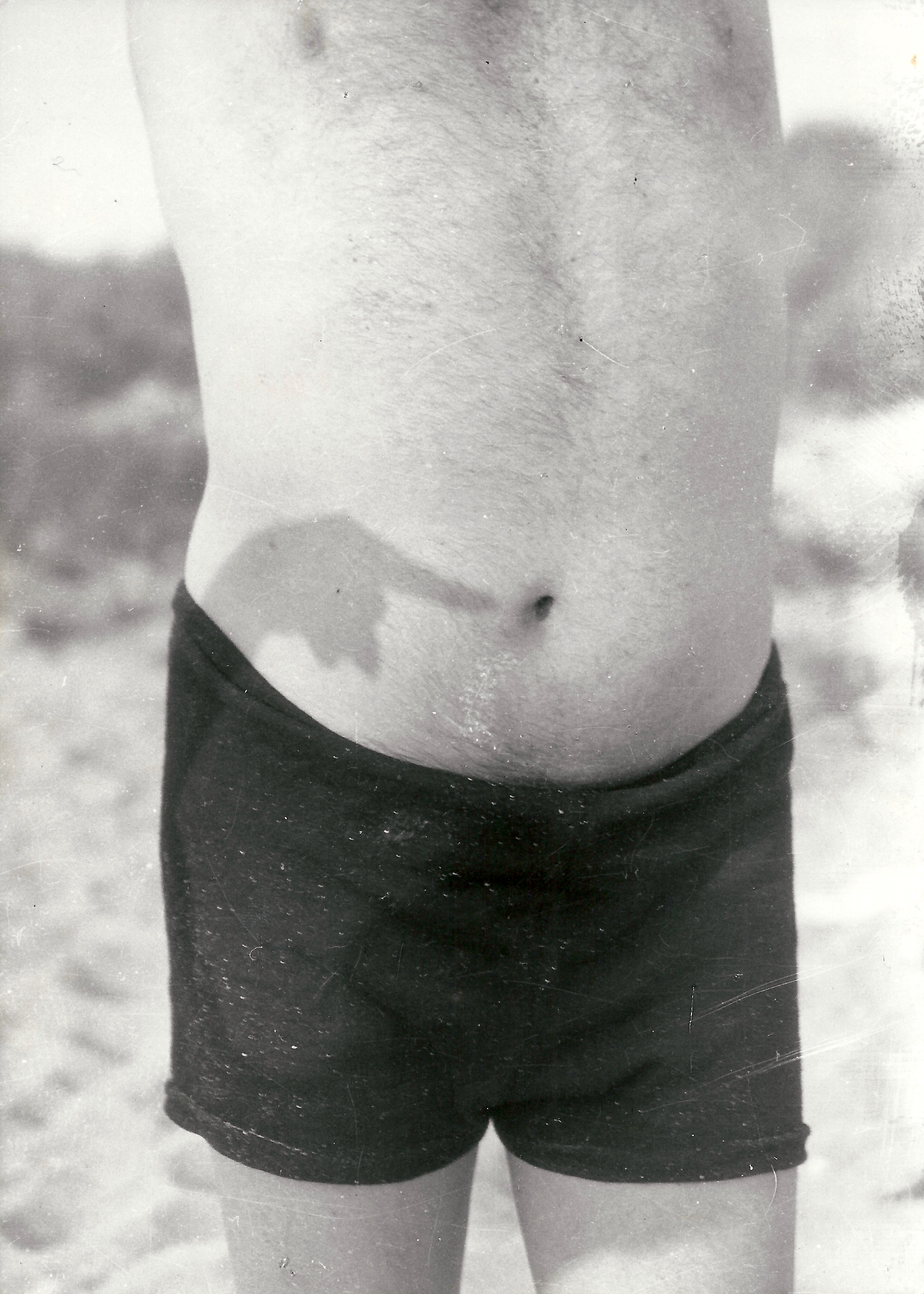












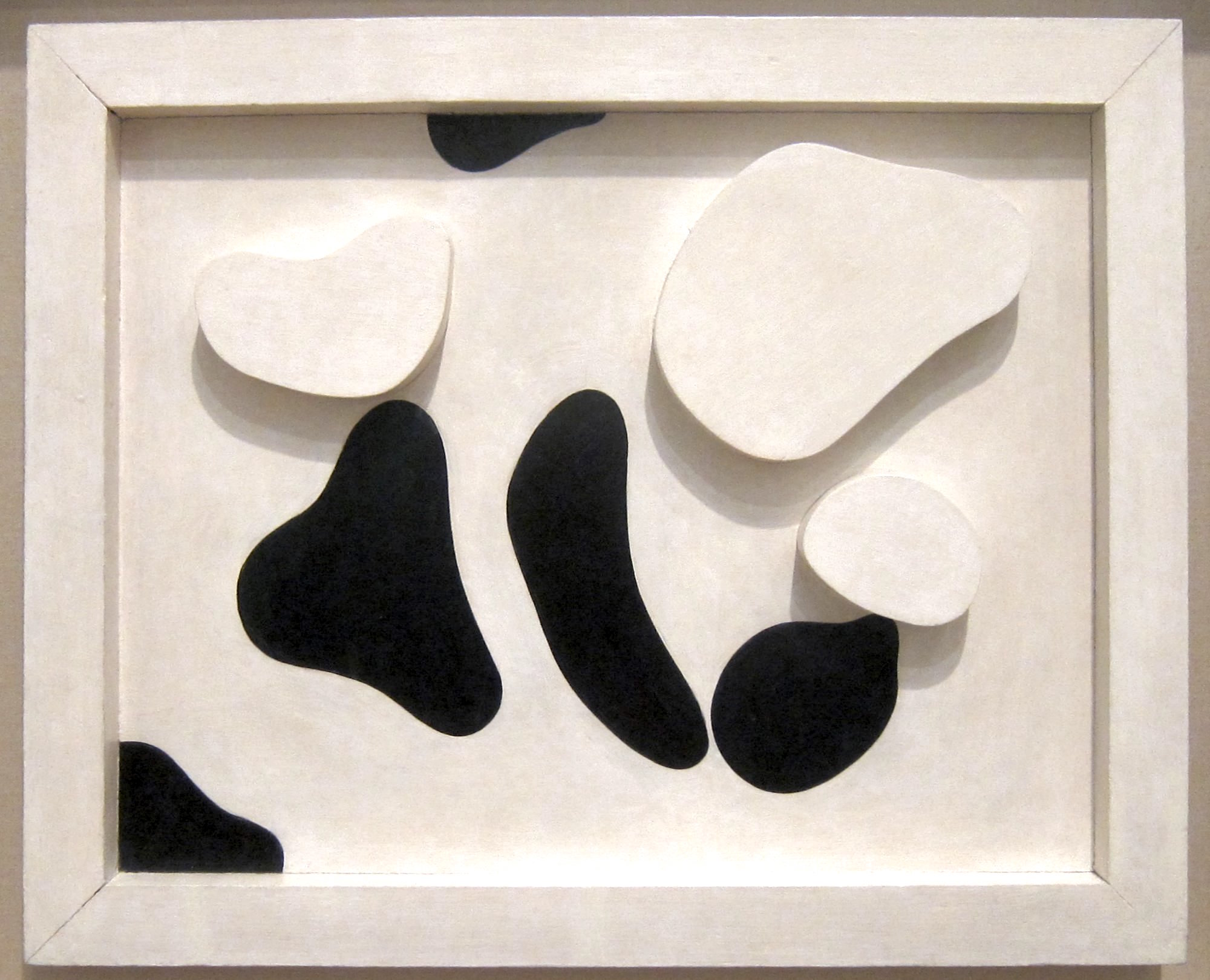


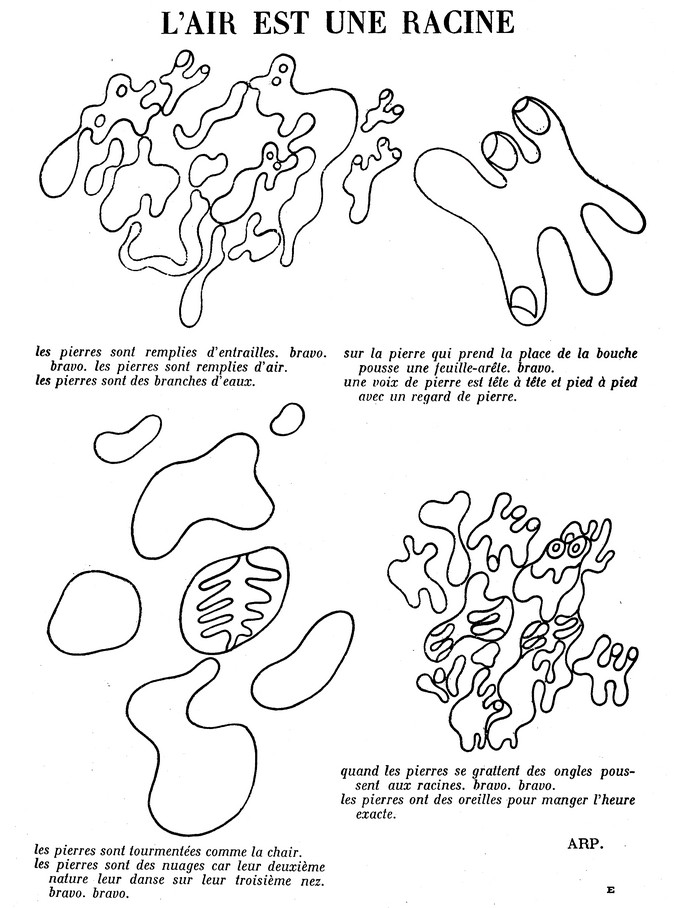

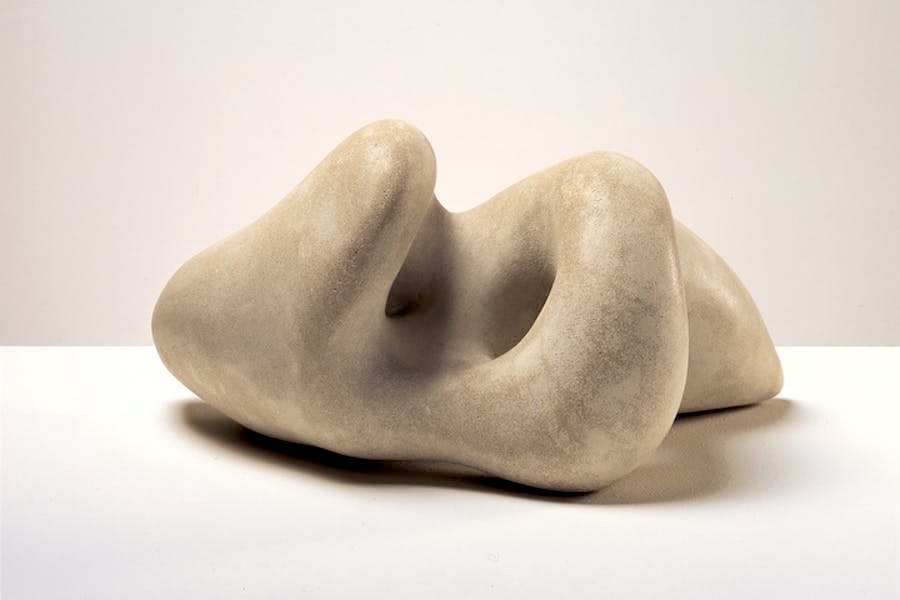
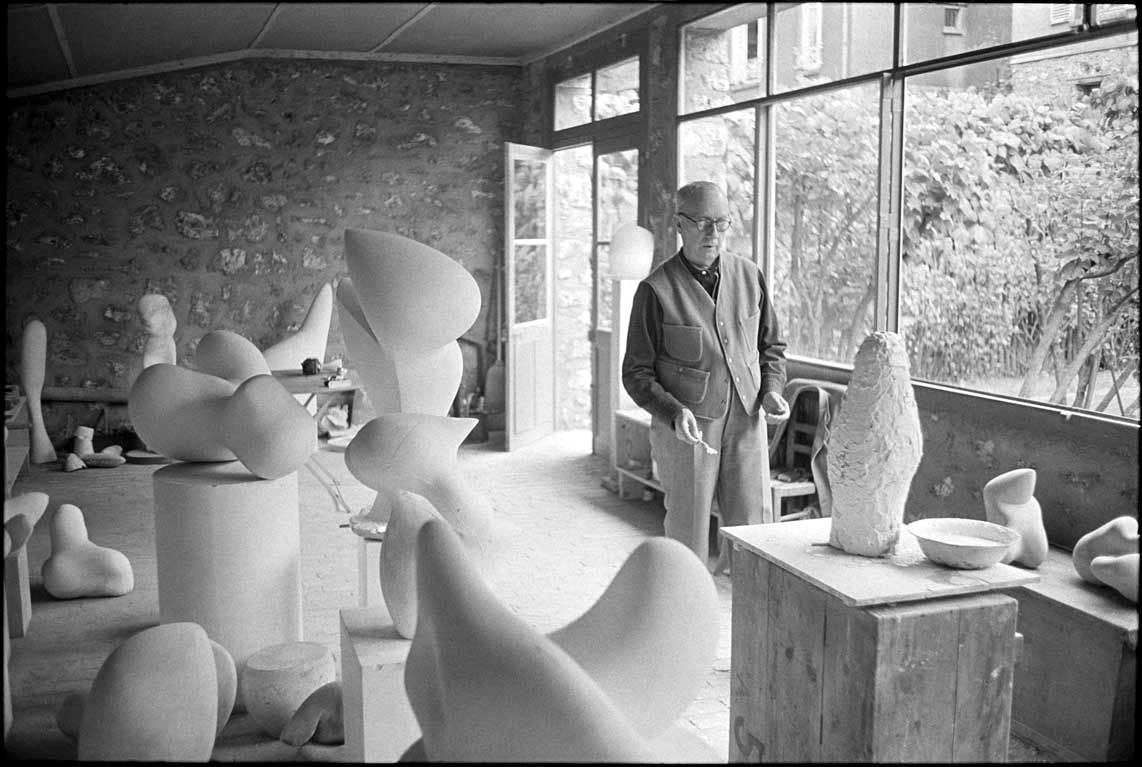

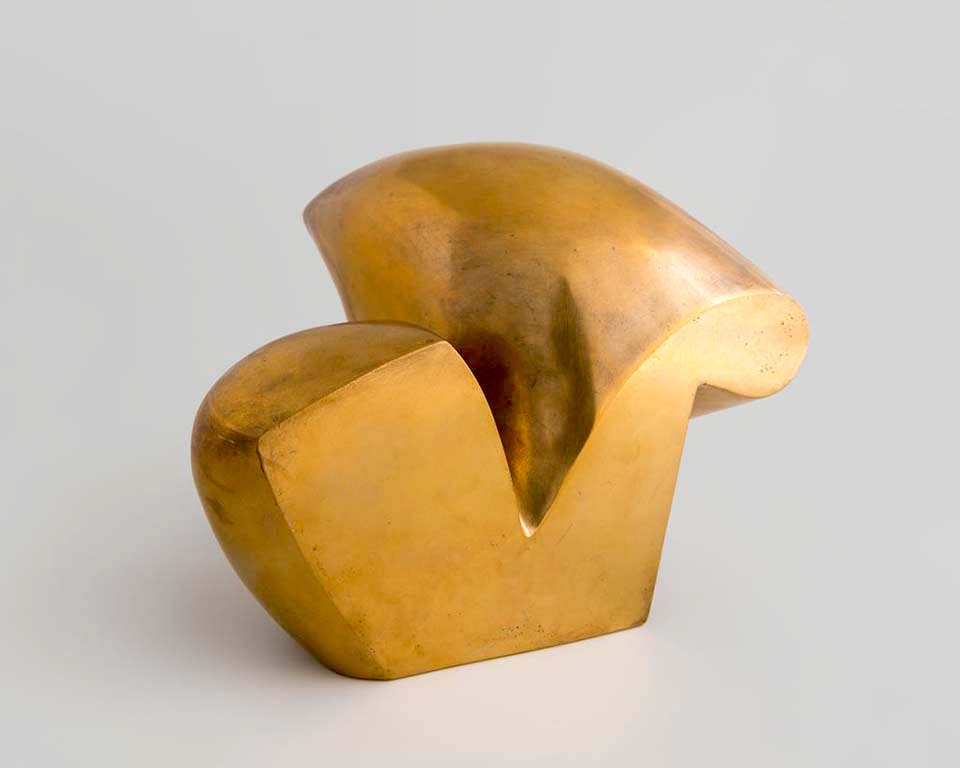



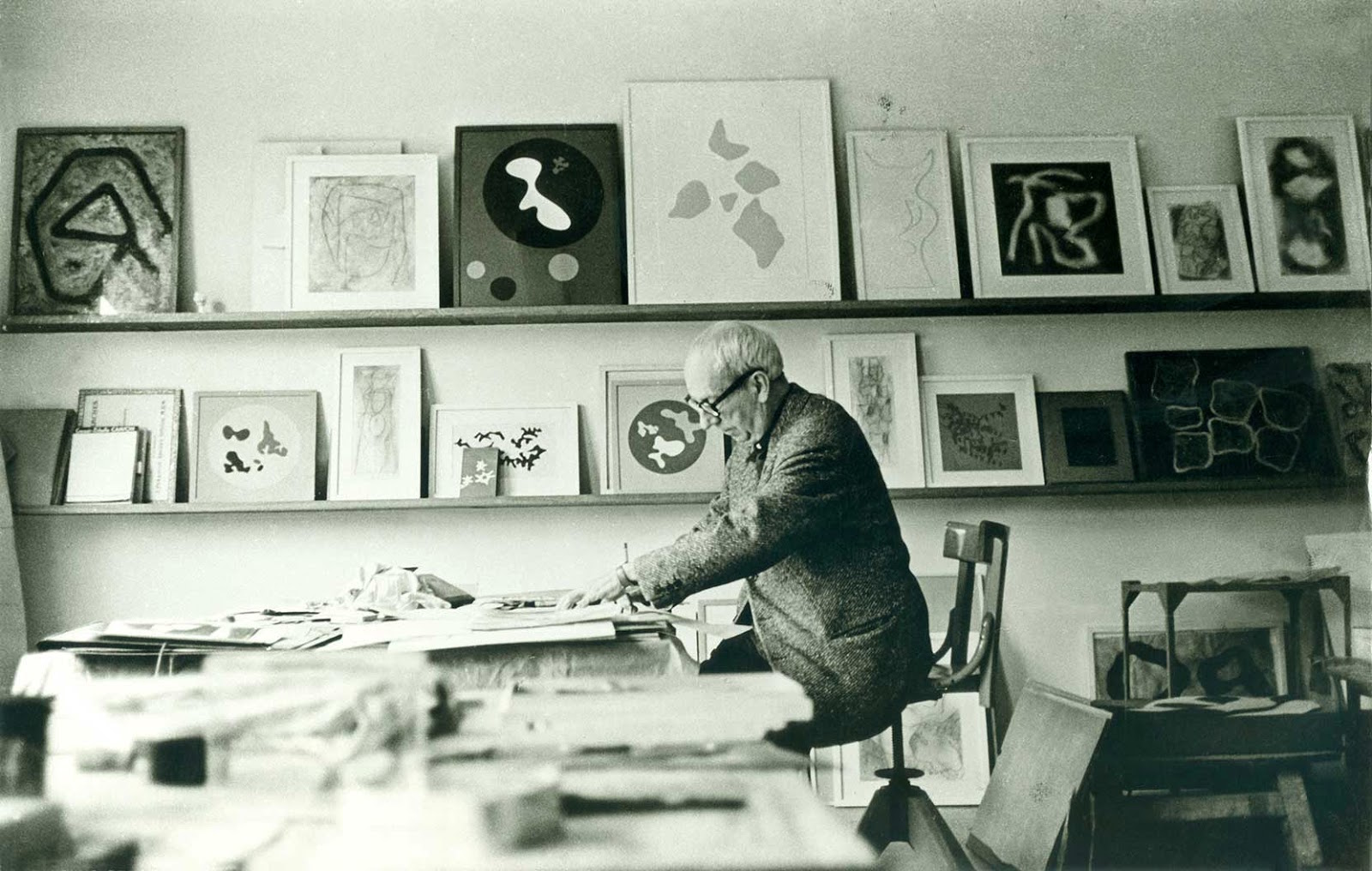

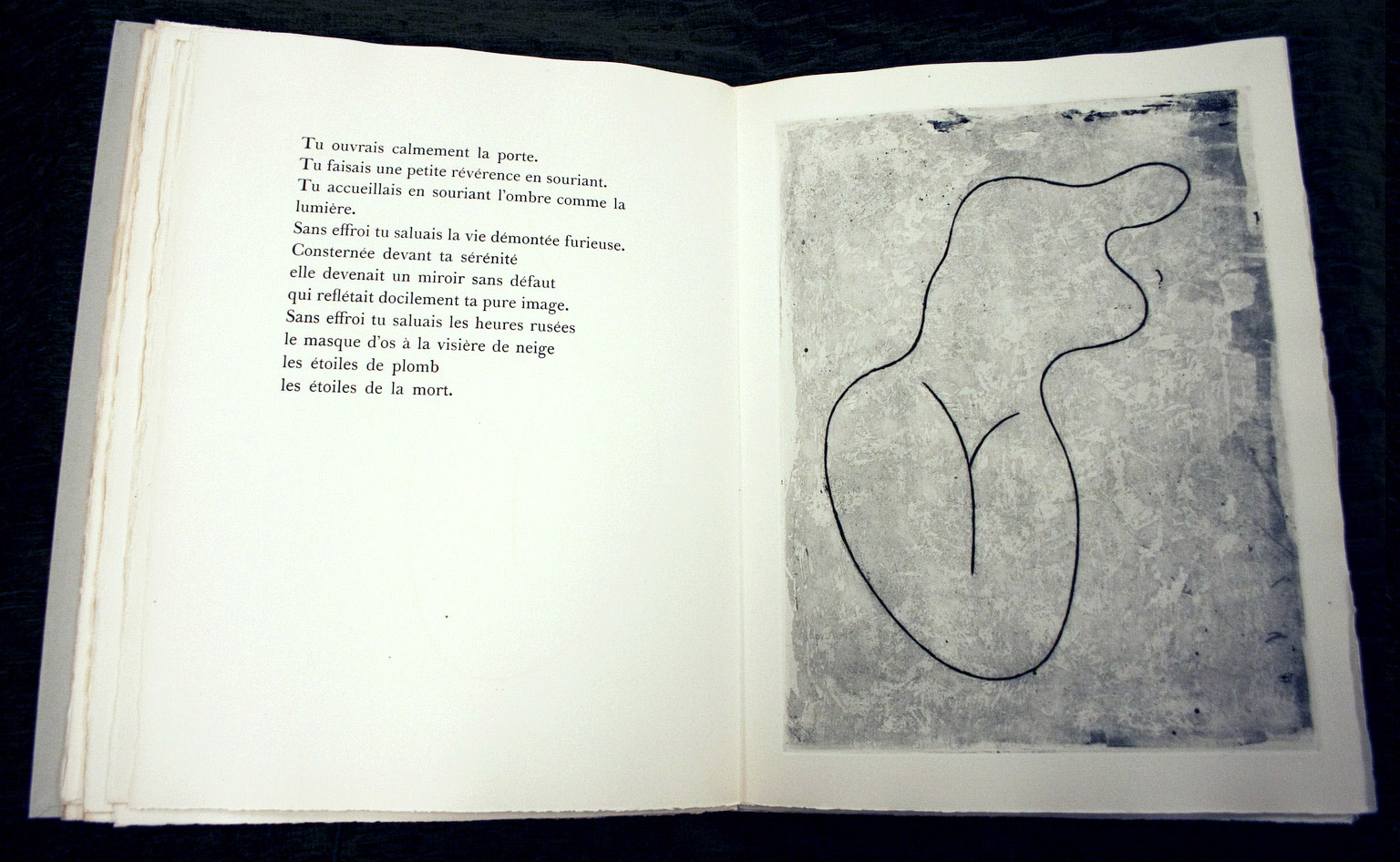
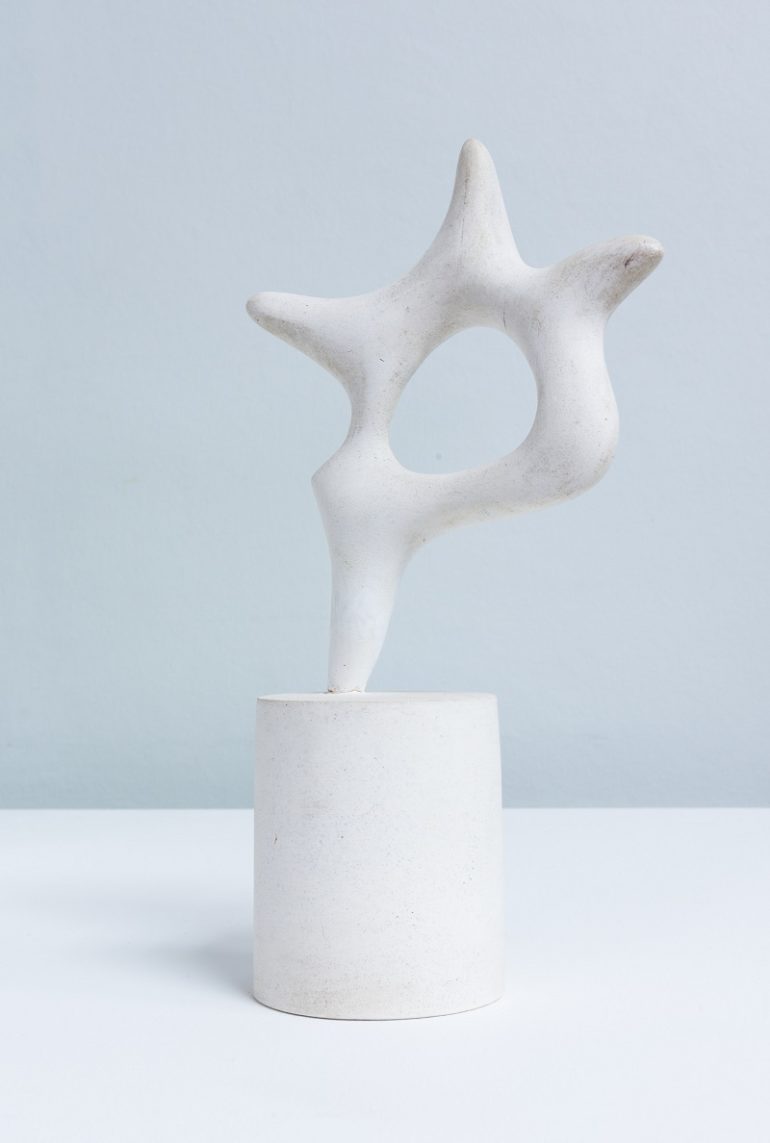



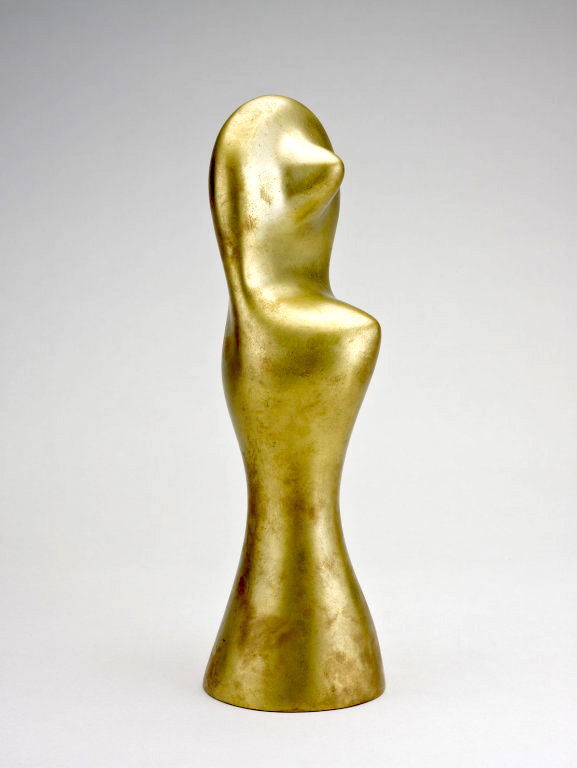



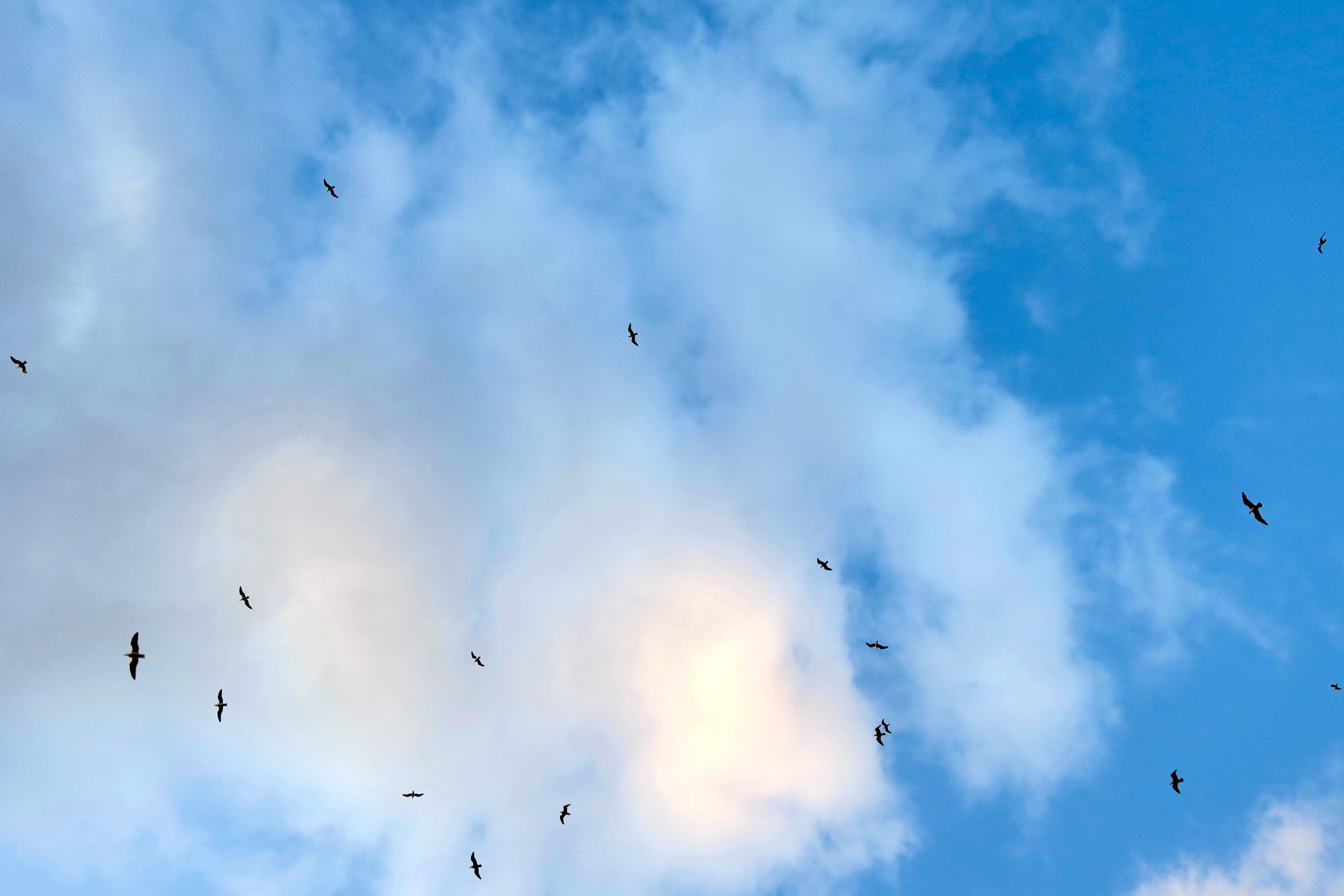
Beautiful. I have always loved Arp’s invention and poetic vision.
Brice Marden and three elastic bands arranged according to the laws of chance. A rhyming couplet?